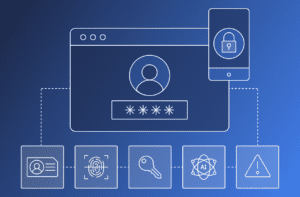
Protéger la logique commerciale à l’ère des arnaques démocratisées
Dans un récent podcast devenu viral sur TikTok, l’utilisateur de ChatGPT Gage a expliqué comment il a utilisé l’outil d’IA pour générer des centaines de fausses critiques de McDonald’s,...



